McCandlish / McCandless Tartans
Official Webpage
Introduction
The McCandlish/McCandless tartans are family tartans, loosely based on Black Watch (also known as Old Campbell), with an influence from Gordon. These designs or setts depart from other Black Watch-inspired tartans by having the “tram track” lines (the black over-check) in different widths. These setts are also rare in having multiple hues of the same basic colour, and they are among the only family or clan tartans to do so with the dominant colours of the tartan (the under-check). The result is a pleasing subtlety and understatedness. Like most tartans, these are symmetric – the pattern is repeated in mirror image in all four directions (a handful of tartans, such as Buchanan, are asymmetric and repeat without mirroring).
The yellow stripe in the tartan represents the “bright line” events of history – Jacobite uprisings, Highland and Lowland clearances, plantation of Ulster, British colonialism, and potato famines in Ireland and in Scotland – that led to the Gaelic Diaspora. Yellow was selected, as well as black and red (in the original/base version of the tartan), from the colours of the earliest known McCandlish blazon (coat of arms). The blue represents the sea, as the vast majority of McCandlishes, McCandlesses and related are among the diaspora, especially in North America and Australia & New Zealand, and it is again a reference to that blazon, which features a ship. The increasing width of the black stripes from 4 to 8 to 24 threads represents the continuing worldwide growth of the name from a once very small family.
The McCandlish/McCandless tartans were devised by Stanton McCandlish, in 1992, because there was no tartan for the name, and the name is not considered a sept of any clan. They were developed with advice and assistance from the late J. Charles “Scotty” Thompson, a Fellow of the Scottish Tartans Society and author of So You’re Going to Wear the Kilt. They are registered with the Scottish Register of Tartans and the Scottish Tartans Authority. They’re registered as McCandlish but are also for McCandless, Candlish, McCanless, McCanlies, and the other spellings. These tartans are not copyrighted, and are free for personal or even commercial use; you do not need to ask for permission.
Chiefs of various clans have issued declarations regarding who is considered entitled to wear particular tartans such as MacGregor (and McCandlishes, not being a formal sept of any clan, wouldn’t qualify). No restrictions exist regarding the McCandlish tartans, which are intended for all who are connected to a Cuindlis family.
McCandlish being a scarce name (even including all the variant spellings), the tartans are not kept in stock by vendors, but can be special-ordered from kiltmakers and weavers. As of 2023, the vendor Clan.com offers McCandlish tartans as direct ordering options for kilts, etc., from their website (though at a higher price than stock tartans, due to being woven-to-order).
Images
Click any image for a larger, higher-resolution version. The close-up versions are nearly photorealistic.
All of these images are free for personal and even commercial use, within the permissive Creative Commons CC-By 4.0 license terms. Feel free to use them as computer desktop images, for website backgrounds, on letterhead, or whatever you like.
The “Regular” Tartans
Each image can tile horizontally and vertically.
The Arisaid (Dance) Tartans
Arisaid1 tartans, typically featuring white as a major (under-check) colour, traditionally developed for ladies’ wear, but in modern times have also seen some use in men’s formal wear (e.g. matching men’s kilts and women’s dresses for a wedding). White-bearing arisaid tartans have, starting in the late 19th century, also often been used for special Highland dancer kilts and trews regardless of gender2. Each image can tile horizontally and vertically.
Approximate Colour-scheme Variations
The illustrations above are of “modern”, i.e. fully saturated, colours. A number of woolen mills produce reduced-saturation colour schemes under various names such as “muted”, “faded”, “reproduction”, and “ancient”. Based on samples of popular tartans in these more subtle palettes or colourways, tartan software can estimate the look of a new tartan in them. See notes below on ordering such a tartan. These sample images are just of the more distinct variations, and are not tiling.
If you have your heart set on something like one of the above, please be aware that there is no guarantee that the above examples would closely match what a woolen mill produced if you simply told them you wanted McCandlish in a “muted” or “ancient” style. You will need to supply either an illustration (such as a good print-out of one of the above, perhaps after colour adjustment to account for monitor versus printer colour differences), or to supply yarn samples in the approximate colours you want. We recommend doing both, actually. For more detail, see “How can I get cloth or a kilt in this tartan?“
Be aware that the McCandlish green/hunting tartan can be rather bright in the default “modern” palette, and you may actually prefer something more muted. For an appoximation, see this image of a kilt in Galloway hunting district tartan (modern), another sett that makes heavy use of both dark and light green. We have on order some custom McCandlish green (muted) cloth, and when it arrives, probably in early 2024, we will post images, and ordering information for left-over material – there should be a few spare kilt-lengths.
Historically, orange did not exist as a distinct tartan-design colour, but simply as a rendition of either red or yellow. If you have a Northern Ireland-inspired desire for some orange, you could have a weaver shift one of the red tones (probably the lighter one, as already shown in some of the palette examples above) toward orange, in the main red tartan, or make the yellow over-check in the green/hunting or grey/dress tartan be a light orange, and this would not really constitute making up a new tartan, just playing within the bounds of traditional rendering of an existing sett.
Thread Counts
A thread count is an alphanumeric code that represents a particular tartan, and it can be used by any weaver to reproduce a tartan accurately.
Consider the thread counts below to be “official” and correct. In at least two cases, tartan databases have gotten certain McCandlish thread counts wrong, and some vendors still do. Do not trust that your kiltmaker or weaver has the correct thread count until you supply it to them yourself. Check that the cloth is correct (have the kiltmaker send a picture) before making the kilt.
These thread counts are given over a half sett with full count at the pivots, and the tartan is symmetric and mirrored in all directions. These details will be important to your kiltmaker or weaver.
Linear Thread Counts
The numbers in a thread count can all be halved or doubled for different weaving needs.
Some registries and databases will provide the thread count starting from the other pivot point (i.e., reversed), but for a symmetric tartan of this sort, the woven end result will be the same as long as it starts and ends at the pivots and the proportions are correct.
| Red: | /Ye4 Bk4 Rd48 Bk24 Cr4 Bk8 Cr4 Bk4 Cr48 Bk4 Az12/ |
|---|---|
| Green: | /Ye4 Bk4 LG48 Bk24 Gn4 Bk8 Gn4 Bk4 Gn48 Bk4 Az12/ |
| Grey: | /Ye4 Bk4 GL48 Bk24 GD4 Bk8 GD4 Bk4 GD48 Bk4 Az12/ |
| Arisaid Red: | /Ye4 Bk4 Wh48 Bk24 Cr4 Bk8 Cr4 Bk4 Cr48 Bk4 Az12/ |
| Arisaid Green: | /Ye4 Bk4 Wh48 Bk24 Gn4 Bk8 Gn4 Bk4 Gn48 Bk4 Az12/ |
| Arisaid Grey: | /Ye4 Bk4 Wh48 Bk24 GD4 Bk8 GD4 Bk4 GD48 Bk4 Az12/ |
Colour Key
Hexadecimal colour codes are provided for suggested matches in a “modern” colour scheme.
- Ye = yellow, #d09800 (standard tartan yellow)
- Bk = black, #101010
- Wh = white, #f8f8f8 (standard tartan white, actually an off-white)
- Gn = green, #003c14 (standard medium-dark green)
- LG = light green #006818 (as used in Galloway Hunting and a few other tartans)
- Rd = red, #c80000 (standard vibrant red, also called scarlet)
- Cr = crimson, #880000 (dark red, as used in a few other tartans)
- Az = azure, #48A4c0 (light blue as in Anderson tartan and a few others)
- GL = light grey, #c0c0c0 (as used in Balmoral and a few other tartans)
- GD = dark grey, #646464 (standard grey as found in many tartans)
- / = the leading then trailing position of this symbol indicates full-count pivot points
The names of the colours may vary from registry to registry. For example, in the Scottish Register of Tartans, the typical tartan yellow is called “medium yellow”, azure is “light blue”, and crimson is “dark red”.
When providing the thread count to a kiltmaker or weaver, spell out the words in the colour names, since abbreviations vary: “Yellow 4, black 4, light grey 48 ….” Specify that it is a half sett with full count at the pivots, symmetric and mirrored in all directions. You can also just direct them to this webpage, or the correct page at the Scottish Register of Tartans website.
Thread Count Table
This is just for informational and comparison purposes; you do not need to provide a copy of this table to a kiltshop or weaver, just one of the linear thread counts above.
| Threads per colour | |||||||||||
|---|---|---|---|---|---|---|---|---|---|---|---|
| Tartan | 4 | 4 | 48 | 24 | 4 | 8 | 4 | 4 | 48 | 4 | 12 |
| “Regular” versions | |||||||||||
| Red version | Ye | Bk | Rd | Bk | Cr | Bk | Cr | Bk | Cr | Bk | Az |
| Green version | Ye | Bk | LG | Bk | Gn | Bk | Gn | Bk | Gn | Bk | Az |
| Grey version | Ye | Bk | GL | Bk | GD | Bk | GD | Bk | GD | Bk | Az |
| Arisaid versions | |||||||||||
| Red version | Ye | Bk | Wh | Bk | Cr | Bk | Cr | Bk | Cr | Bk | Az |
| Green version | Ye | Bk | Wh | Bk | Gn | Bk | Gn | Bk | Gn | Bk | Az |
| Grey version | Ye | Bk | Wh | Bk | GD | Bk | GD | Bk | GD | Bk | Az |
The table is read, for example, “yellow 4, black 4, red 48, black 24, crimson 4, black 8, crimson 4, black 4, crimson 48, black 4, azure 12” for the red “regular” version.
Frequently Asked Questions
If you have questions about the McCandlish tartans, including why they exist, how to get a kilt made, what organizations they are registered with, why they are not copyrighted, etc., please see the Frequently Asked Questions (and Answers) page.
Footnotes
1: The arisaid (also earasaid, earrasaid, or arasaid) is a large ladies’ belted or unbelted plaid worn as a wrap or a dress; the female equivalent of the great kilt. Historically, it went out of fashion in the 18th century, but is making a revivalist comeback. The term “arisaid tartan” has come to refer to tartans inspired by the typically white-dominated tartans of such ladies’ wear (and household-goods tartans that were based on them). In the Victorian era, most dress tartans were also derived from this style and feature white, and the later dance tartans (1970s onward) are derived in turn from the dress-tartan class.
2: See this list of dance tartans: https://www.tartanregister.gov.uk/qResults?searchString=dance – nearly all of them use white.
Last modified 2023-10-05 by SMcCandlish.
![[Image: Example of kilt in McCandlish / McCandless tartan, red version, 'modern' palette]](/wp-content/uploads/2022/05/McCandlish-red-kilt-2010.jpg)

, 312x312 thumbnail.png)
, 312x312 thumbnail.png)

, closeup, 312x312 thumbnail.png)
, closeup, 312x312 thumbnail.png)
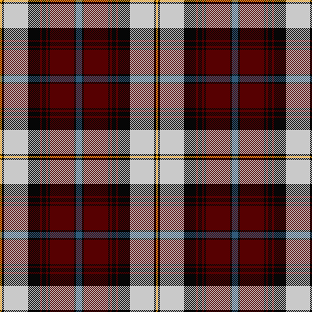

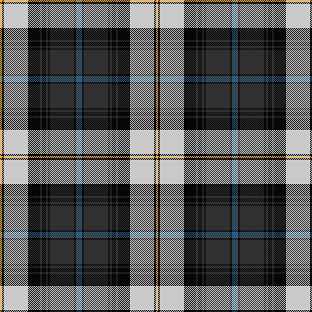



![[Image: McCandlish ted kilt, in a relatively muted palette, with brown leather belt and sporran.]](/wp-content/uploads/2023/05/McCandlish-red-kilt-lighter.jpg)

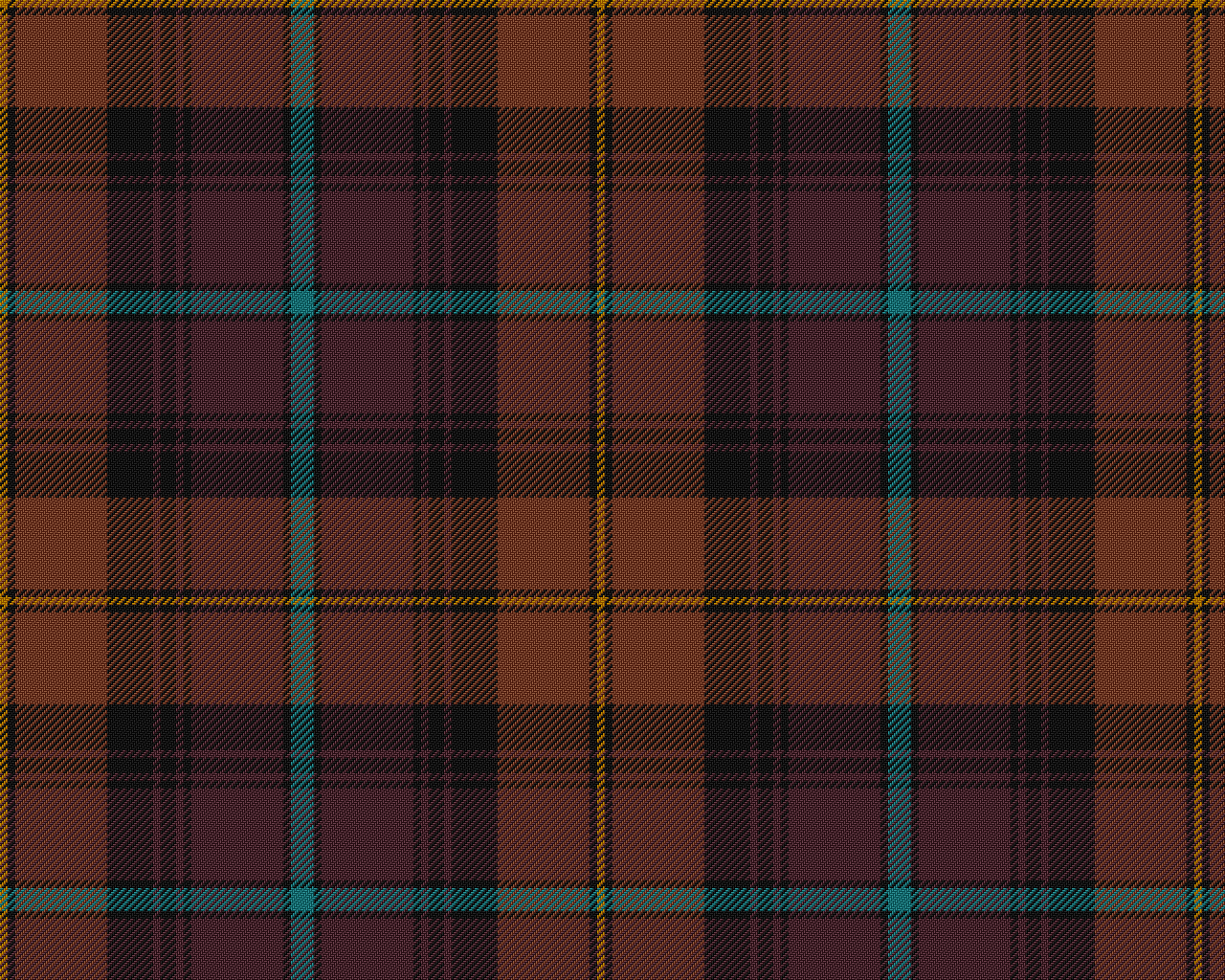
.gif)

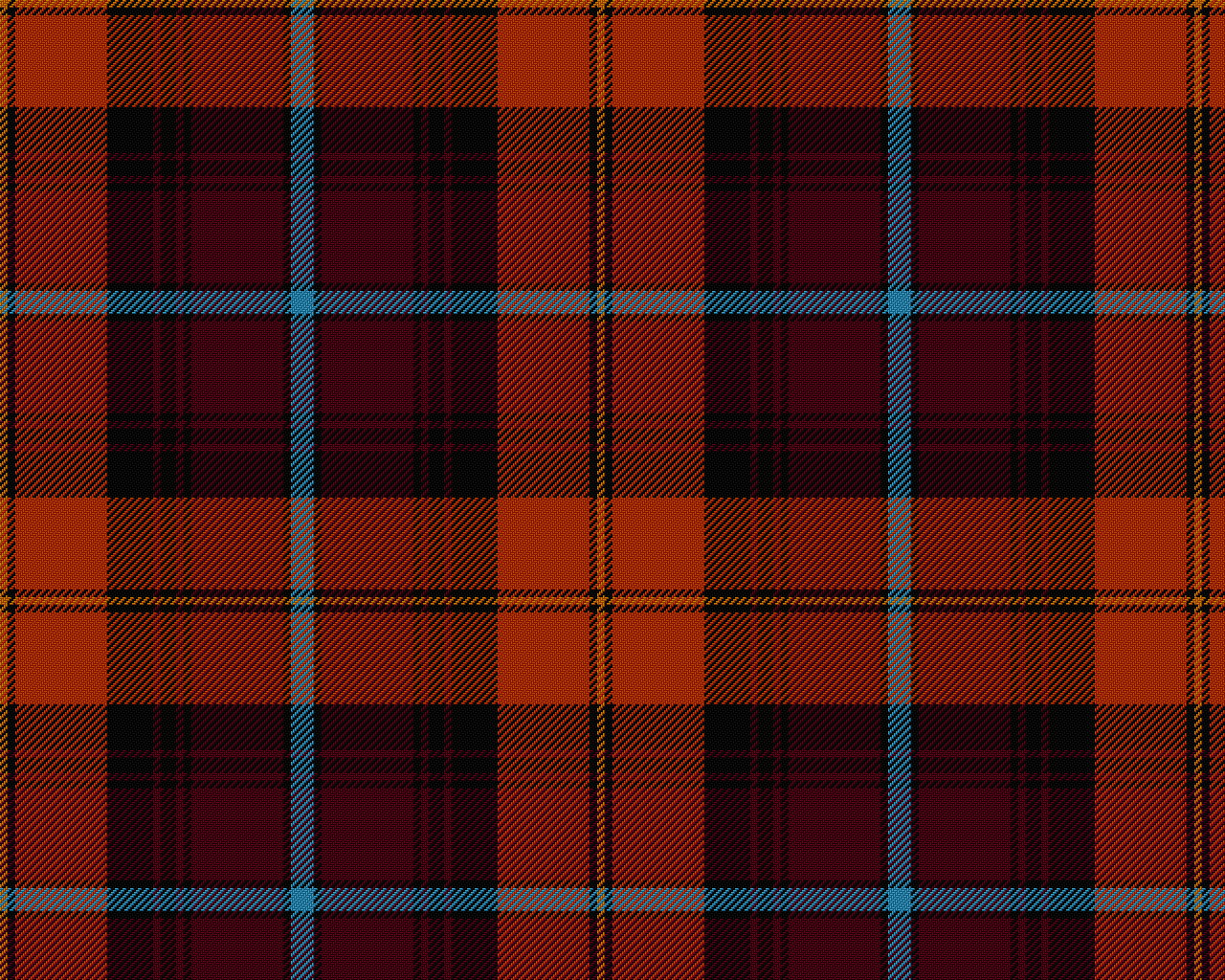



.gif)
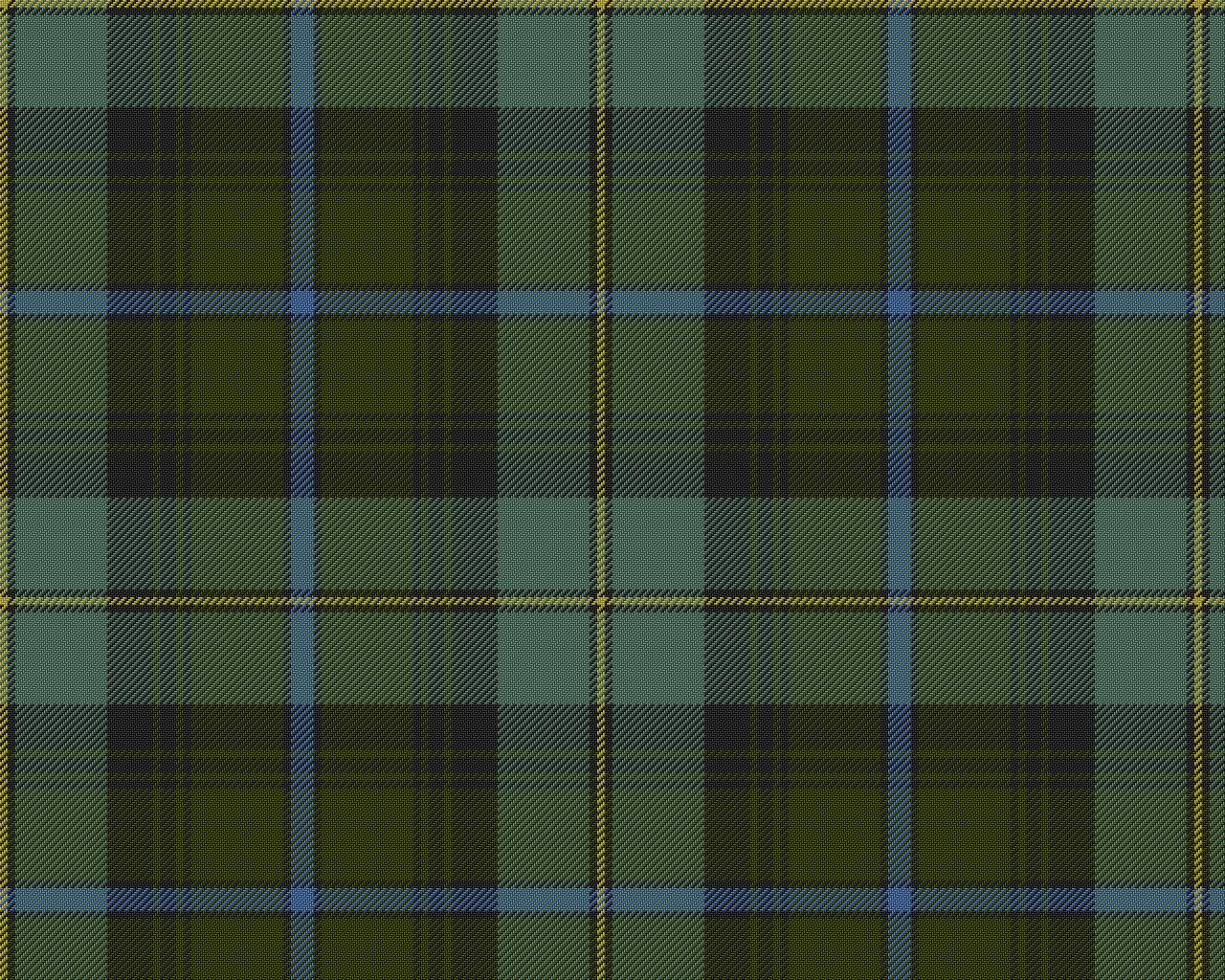

.gif)
![[Image: Example of towel in McCandlish green tartan]](/wp-content/uploads/2022/05/McCandlish-Green-tea-towel.jpg)